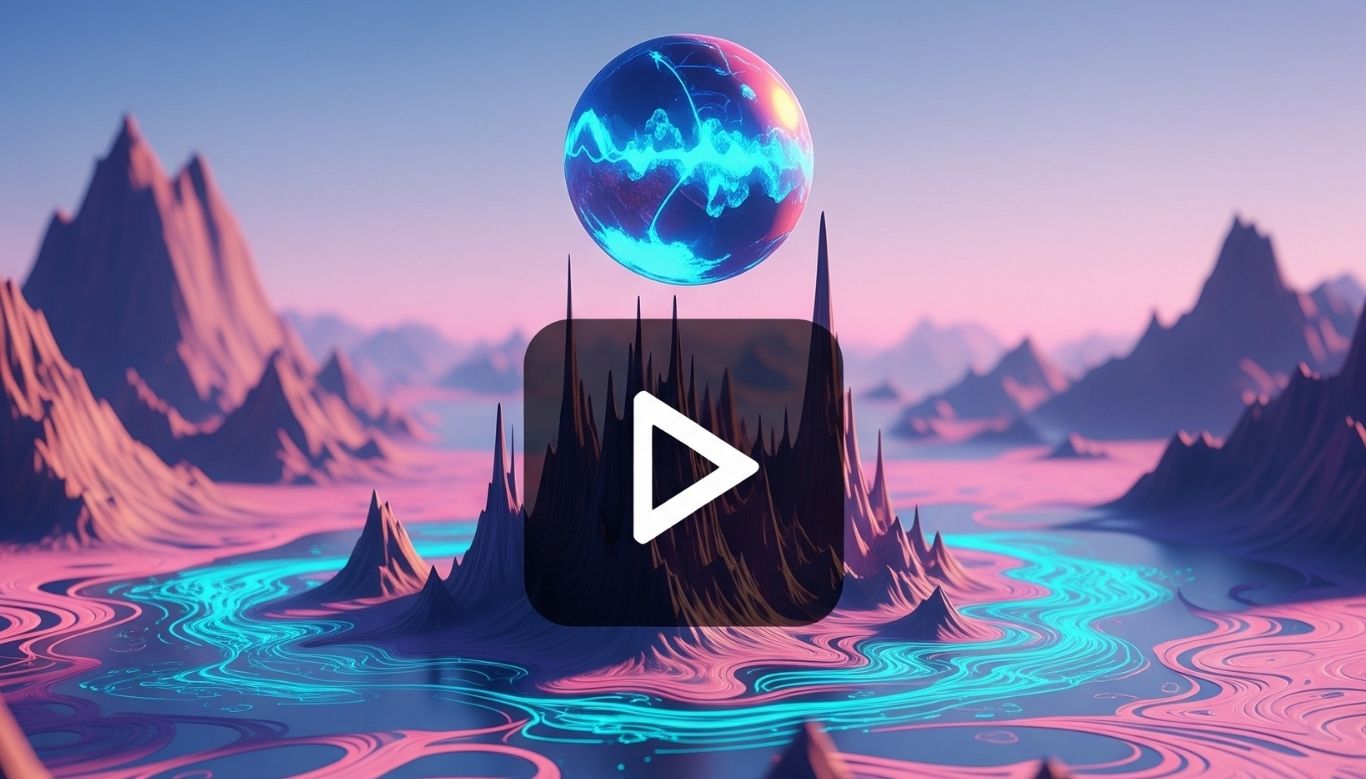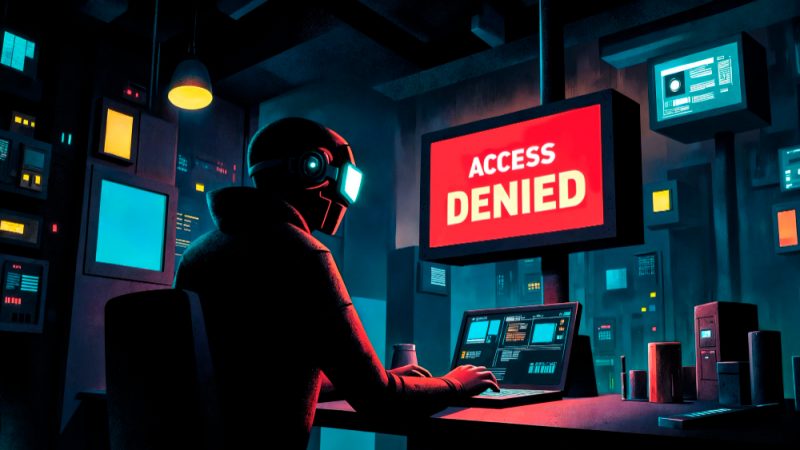AI-Generated Video – How Tools Like Sora Are Revolutionizing Visual Content Creation

In an era where digital content is consumed at lightning speed, the demand for faster, more dynamic, and hyper-realistic visuals is skyrocketing. Enter AI-generated video — a groundbreaking leap in content creation powered by artificial intelligence. Tools like Sora by OpenAI are leading this transformation, turning simple text prompts into cinematic, ultra-realistic video clips in seconds. But what does this mean for creators, marketers, educators, and the broader media landscape?
What Is AI-Generated Video?
AI-generated video refers to the use of machine learning algorithms to create video content directly from text, images, or structured prompts. These models can simulate motion, texture, lighting, and environmental consistency — all without the need for a physical camera or film crew.
With the rise of advanced generative AI models, producing compelling video content has become dramatically easier and faster. From concept to clip, what once took days or weeks can now happen in minutes.
What Is Sora by OpenAI?
Sora is OpenAI’s powerful text-to-video model capable of generating photorealistic, high-resolution videos from simple text prompts. It leverages advanced diffusion models and transformer architectures—similar to those behind tools like DALL·E and GPT – to animate detailed scenes with accurate physics, smooth motion, and complex interactions.
Key features of Sora:
-
Generates videos up to 60 seconds in length
-
Supports camera movement, character interactions, and environmental consistency
-
Capable of producing scenes with multiple objects, dynamic lighting, and depth
-
Outperforms earlier models from platforms like Runway and Synthesia in realism
Although Sora is still in a closed research phase, it signals a giant leap forward in generative video capabilities.
Benefits of AI-Generated Video Technology
-
Speed and Efficiency
AI tools can generate videos in a fraction of the time traditional editing and production require. -
Cost Savings
Eliminates the need for studios, sets, actors, and post-production teams — especially useful for startups and indie creators. -
Creative Freedom
Want a flying elephant in Times Square? AI can do it. There are virtually no limits to what can be visualized. -
Multilingual and Adaptive Content
Combine with voice synthesis tools to produce lip-synced, translated versions for global audiences.
Popular Use Cases
-
Marketing & Social Media
Create short-form ads and reels with visually striking effects to capture attention. -
E-Learning and Education
Bring concepts to life with visual explanations, interactive storytelling, and animated tutorials. -
Entertainment & Pre-Visualization
Directors and game developers can visualize scenes before actual production. -
Virtual Influencers and Digital Personas
AI avatars powered by synthetic videos and voice are gaining popularity on platforms like TikTok and Instagram.
Challenges and Limitations
Despite its promise, AI-generated video technology faces several hurdles:
-
Visual Inconsistencies
While tools like Sora are improving, handling complex interactions and long-duration video coherency remains a challenge. -
Ethical Concerns
The ease of creating hyper-realistic deepfakes raises questions around misinformation, political manipulation, and consent. -
Copyright and Training Data
Legal questions around how these models are trained — especially if copyrighted material was used — are still unresolved. -
Industry Disruption
Professionals in animation, VFX, and filmmaking may face job displacement or role shifts as AI continues to automate tasks.
Future of AI Video Tools
The future is fast and interactive. Here’s what we can expect:
-
Multimodal Integration
AI video, voice, text, and avatars will combine to create seamless storytelling ecosystems. -
Real-Time Generation
Games and VR environments could soon generate video on the fly, responding to user actions or dialogue. -
Creative Democratization
Anyone with an idea and a prompt could create feature-level content, regardless of budget or skill level. -
AI Co-Creation
Instead of replacing artists, AI may become a powerful partner — helping creators brainstorm, sketch, animate, and publish.
How to Get Started with Sora and Alternatives
While Sora is not yet publicly available, several AI video tools are accessible today:
-
Runway ML Gen-2 – Text-to-video and image-to-video capabilities
-
Pika Labs – Create short AI videos with stylized effects
-
Kaiber – Music video creation with animation layers
-
Luma AI – 3D and spatial video generation
Tips for Better Results:
-
Use descriptive prompts (e.g., “a futuristic city at sunset with flying cars”)
-
Experiment with different tones and visual styles
-
Combine with voiceover tools for narrative depth
Conclusion
AI-generated video, especially with trailblazers like Sora, is not just a tool — it’s a paradigm shift in how stories are told, products are sold, and ideas are shared. While challenges remain, the potential is immense. As we move deeper into the age of AI-driven creativity, visual storytelling is no longer bound by cameras, studios, or teams — just imagination and a prompt.






